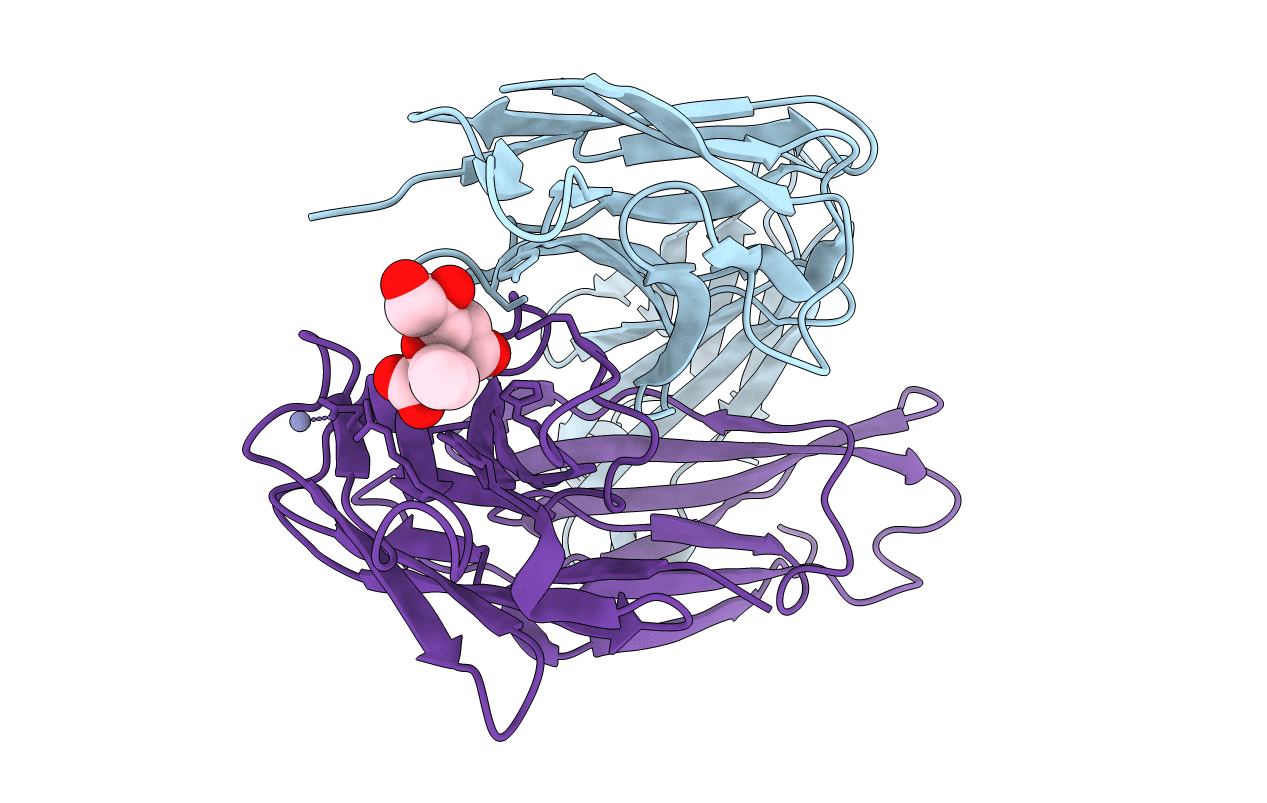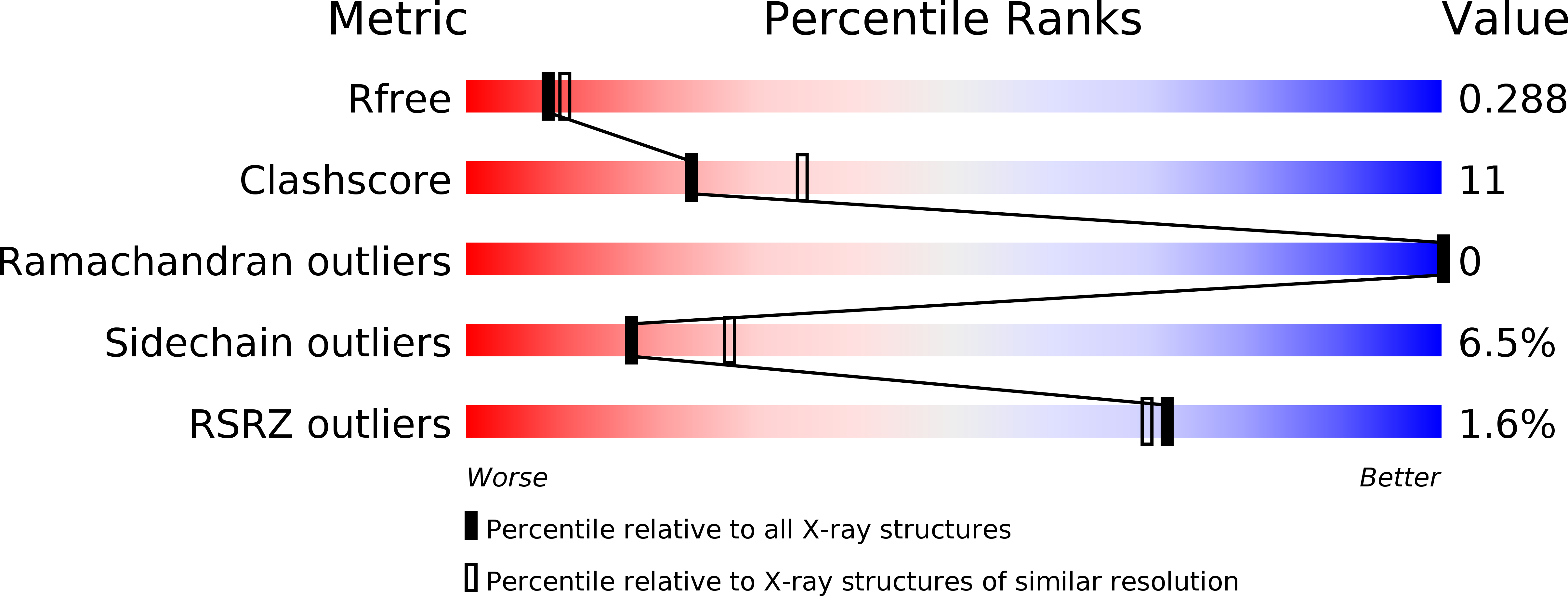
Deposition Date
2010-08-24
Release Date
2011-04-06
Last Version Date
2024-10-30
Method Details:
Experimental Method:
Resolution:
2.40 Å
R-Value Free:
0.28
R-Value Work:
0.22
R-Value Observed:
0.22
Space Group:
P 21 21 21


